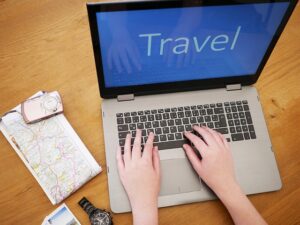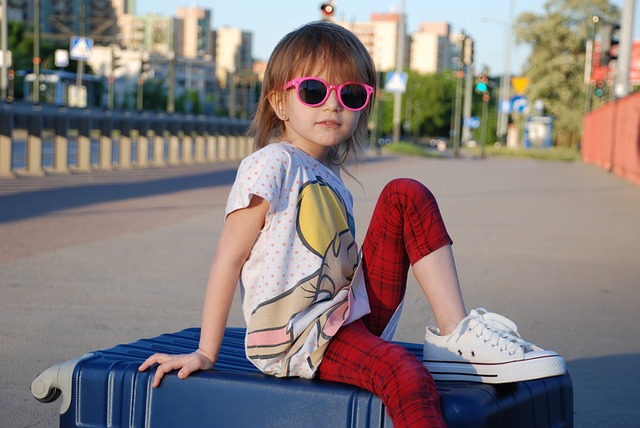
General Travel tips – Booking Flights
This page is dedicated to helping you make the best choices when it comes to planning your travels. We have information about Airlines that fly
Comfort is key! Make sure your child is dressed in cosy clothes for the flight, and pack extra outfits if needed.
Align flight times with nap or bedtimes to minimize stress and exhaustion.
One of the biggest challenges with children is that they have no real understanding of time. This can be particularly challenging during long flights.

It’s always a good idea to pack plenty of activities, games, and toys to keep your little ones entertained.
Don’t forget to pack healthy munchies and drinks for your child – it’s always a smart idea to stay hydrated while flying.
Pack a favourite stuffed animal, a blanket, a special toy, or any other item your child finds comforting. This can provide a sense of security and familiarity in an unfamiliar place.
Depending on their age, children may fly unaccompanied. The ages may vary depending on the airline.
As an example from Lufthansa, children between 5 and 11 may only fly if they are travelling with someone older than 12, or are making of the Lufthansa care service.
The Lufthansa care service can also be booked by parents for unaccompanied children from the age of 12 up to a maximum of 17 years. This ensures that the child receives support, especially in the event of a disruption to their flight, such as a delay or cancellation.
Tickets for unaccompanied children cannot be booked online, only through service centres.
Consider direct flights to make it easier for the child

A favourite comfort toy and other age appropriate toys to keep them entertained.

Stick to healthy snacks. Try to avoid too much sugar as it gives too much energy. For babies, formula already measured in bottles and baby food.

Always have wet wipes or a wet towel handy to clean dirty hands and faces. It will help the child feel refreshed. A dry microfiber cloth or towel to dry wet hands or liquid spillage.

A clean set of clothes, warms socks and a warm top. For babies, everything you need to do a nappy change.

General first aid like a thermometer, disinfectant spray, plasters, ointment, pain medication.

A small blanket to make thigs more comfortable or warmer.
Which airline in your opinion offers the best service to parents and small children
Click the button below to share your tips or suggestions with us.
Minors might need extra documents when travelling with their parents, a single parent, alone or with non-guardian adults.
The Rules vary by EU country, so check for specific destinations.
✈️ Airlines often require specific forms for authorizations, so confirm before flying.
Besides the documentation required by the airline, there are also rules for travelling with children to South Africa, accompanied and unaccompanied. These can be found on the Department of Home Affairs website.
Tip – they do require a copy of a birth certificate / equivalent document or passport containing the details of the parent or parents of the child
Here is a link to the Suggested Parental consent letter from the Department of Home Affairs. It does not need to be notarized.
For documentation required when travelling to and from Germany, please check the Bund.de website, or contact the relevant authorities. Also, see the travel during a school term section below.

This page is dedicated to helping you make the best choices when it comes to planning your travels. We have information about Airlines that fly

The German public transport system is extensive, reliable and very affordable. The Deutsche Bahn AG is the national railway company and is state-owned. The DB offers

The school rules in Germany are very strict and every student is obliged to attend classes and other school events. You therefore cannot take your
You must be logged in to post a comment.